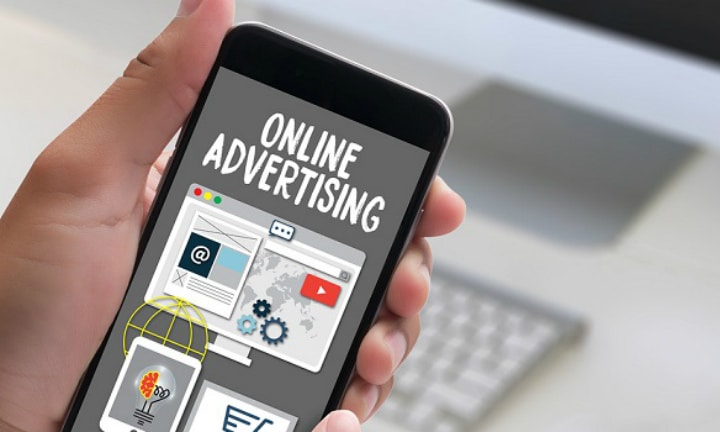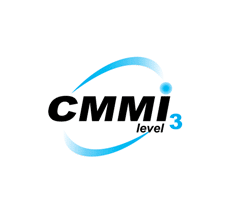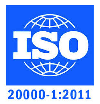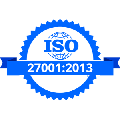Pay-per-click (PPC) ads have a 50% higher conversion rate than organic content, which is why online advertising is still a valuable tool. As a result, you can’t afford to ignore PPC advertising. How do you know which PPC platform is going to be the most effective for your company’s needs? When it comes to using PPC, even if you understand how it works, you may not know where to begin.
Selecting the paid advertising platforms you want to use is the first step in getting started with PPC. It’s possible to use multiple ad platforms in order to reach a larger audience. That being said, you probably won’t be using all of these at once—that would be a lot to keep track of!
In spite of this, knowing all of your options is still a good idea before deciding on which paid advertising platforms to use. Your business and goals will be taken into consideration before we recommend the best platforms for you.
For now, here are the best paid ad platforms available.
Google Ads
Google Ads is the undisputed king of paid advertising. As the most popular search engine, Google’s reach can be leveraged to help your business succeed with PPC ads displayed at the top of search results. As a result, Google Ads serves as an excellent vehicle for both search and display advertising, thanks to the Google Display Network.
Google Ads is a huge time-saver compared to SEO. Using both SEO and Google Ads is a way to increase traffic and leads through search engine marketing. To achieve the highly coveted top spot in search, a company can benefit greatly from an ads campaign that has been properly optimised. SEO, on the other hand, can provide long-term success if you focus on creating high-quality content rather than relying on paid advertising.
In addition to increasing traffic, clicks, and conversions, Google Ads is a powerful tool for spreading word about your company’s brand. Reconnecting with your website visitors is one of the coolest advantages of Google Ads. You never know who’s peeking in at your website. Your website’s visitors who haven’t taken any action are included in this group. Using remarketing feature of Google Ads you can nudge those visitors to take action and convert into a lead or an online sale.
Bing Ads
Despite the fact that Google is the most popular search engine, it is not the only one out there. Bing also receives a fair amount of web traffic, so it makes sense to use its PPC platform, Bing Ads, in order to show up in search results.
Ads on Facebook
PPC ads are not limited to third-party websites or search engines. Because of the enormous number of people who use the social media giant, Facebook Ads is one of the best ways to reach a wide online audience. Advertisement formats on Facebook include banners and sponsored posts.
Ads on Instagram
Instagram’s ad platform is similar to Facebook’s because it is owned by Facebook. It is possible to display advertisements in a wide variety of ways. With Facebook and Instagram ads, you can target very specific user demographics.
Ads on Twitter
Twitter is the third-largest social media network after Facebook and Instagram. Promoted tweets are one of the best ad types on Twitter, as they bring your company’s tweets to the top of users’ feeds.
Linkedin Ads
LinkedIn is a powerful advertising tool for B2B companies, despite the fact that it is often overlooked in favour of other social media platforms. It’s especially useful for promoting industry-specific educational materials.
Ads on Pinterest
Our list of online advertising platforms would be incomplete without including Pinterest, the last social media network on our list, which has the largest demographic of middle-to-upper-class women. Using promoted pins, you can spread the word about your products and services.
Ads on Amazon
Finally, if you want to get the word out about your Amazon store, you’ll want to use Amazon Ads. On Amazon, sponsored search results and display ads can both be used to promote products and services.









